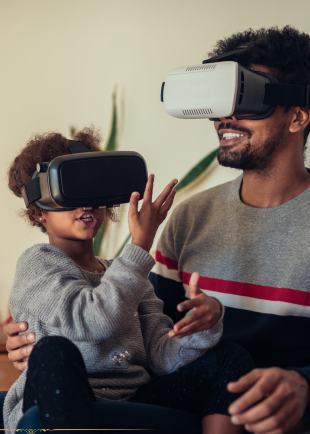Discover how wearable health devices are transforming patient monitoring with real-time data, early detection, and remote care innovations.
The evolution of healthcare is no longer confined to hospital walls. Today, wearable health devices are reshaping how patients are monitored, diagnosed, and treated—offering real-time data, continuous tracking, and personalized insights. As the demand for accessible and efficient healthcare grows, these devices are becoming essential tools in modern medical practice.
Continuous Real-Time Monitoring
Wearables like smartwatches, fitness bands, and medical-grade patches offer continuous health tracking for vitals such as heart rate, blood oxygen, glucose levels, and sleep patterns. This real-time monitoring allows doctors to identify irregularities instantly, improving responsiveness and preventing medical emergencies before they occur. It also enables long-term data collection, giving healthcare professionals a clearer view of patient trends over time.
Empowering Preventive Healthcare
One of the most powerful benefits of wearable tech is its ability to enable preventive care. Instead of reacting to symptoms, patients and doctors can use data from wearables to detect early signs of chronic diseases such as hypertension, diabetes, or arrhythmia. Early intervention leads to better outcomes and lowers healthcare costs by reducing hospital admissions and emergency treatments.
Enhancing Remote Patient Care
Wearable health devices play a key role in telehealth and home-based care. For patients in rural areas or with mobility challenges, these tools eliminate the need for frequent clinic visits. Doctors can monitor conditions remotely and adjust treatment plans in real time. This ensures continuity of care, especially for post-operative monitoring, elderly patients, and those managing chronic conditions.
Improving Patient Engagement and Lifestyle Choices
Wearables also encourage patients to take control of their own health. With visual dashboards, daily activity goals, and instant feedback, users become more engaged with their wellness journey. This increased awareness often leads to better lifestyle habits, from improved sleep to regular exercise and healthier diets—making healthcare proactive rather than reactive.
Data-Driven Clinical Decisions
The vast amount of health data collected through wearable devices supports data-driven medical decisions. Healthcare providers can analyze patterns and correlations using AI tools, leading to more accurate diagnoses, tailored treatment plans, and evidence-based care. As wearable tech becomes more sophisticated, it will further integrate with electronic health records and support personalized medicine at scale.
Wearable health devices are more than a tech trend—they’re a transformational force in healthcare delivery. By enabling continuous monitoring, supporting remote care, and empowering both patients and providers, these tools are bridging the gap between technology and human wellness. As innovation continues, wearables will be at the heart of a more connected, responsive, and personalized healthcare future.











